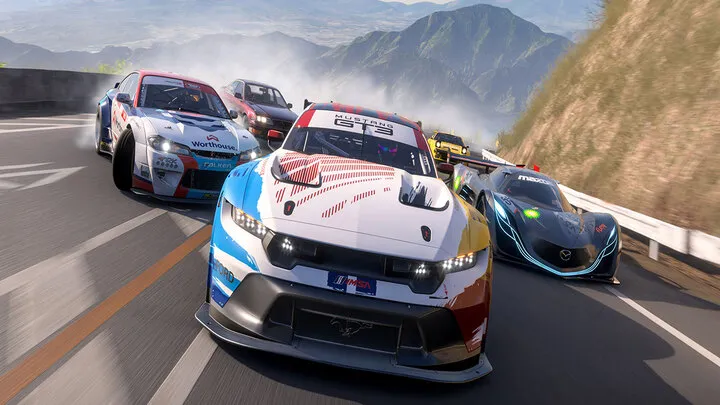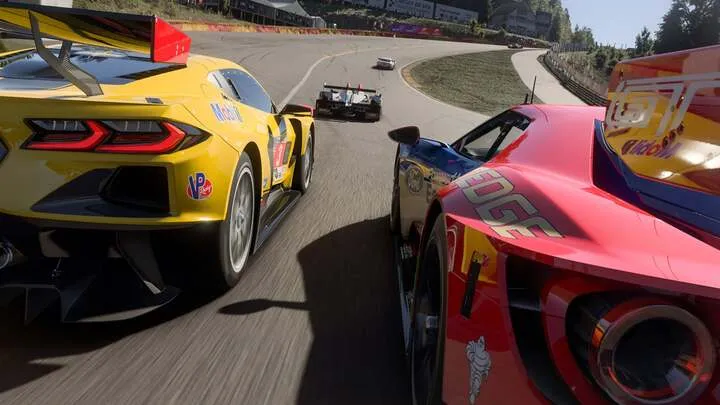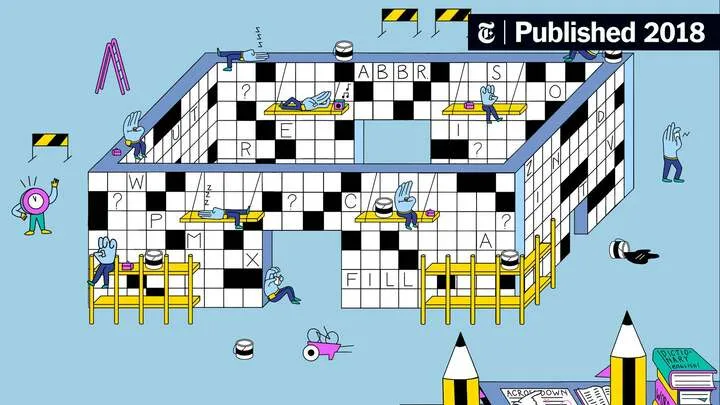Forza Motorsport is full of systems that reward mechanical skill, car setup knowledge, and track familiarity, but one area separates casual racers from serious competitors: the ability to use telemetry data to build consistent, repeatable race performance. While many players upgrade cars, tweak tuning sliders, or memorize braking points, few dive into the deeper data layers that reveal every inefficiency and hidden opportunity on the track.
This how-to article focuses entirely on mastering telemetry analysis. Telemetry isn’t just a techy extra — it’s the backbone of competitive racing, the tool top players use to find gaps ordinary players never notice. By understanding throttle traces, braking maps, suspension graphs, friction circles, and speed overlays, you can transform inconsistent laps into predictable, high-speed perfection.
Below is a full progression from beginner-friendly concepts to advanced analysis, organized in 10 H2 sections, each with multiple paragraphs, breakdowns, and actionable structure.
Understanding Telemetry and Its Purpose

Telemetry in Forza Motorsport is a real-time data reporting system designed to show you exactly what your car is doing while you drive. When activated during practice or replay, the telemetry interface breaks down dozens of performance variables into charts and graphs. It is not meant to overwhelm — it’s meant to reveal the truth about your driving.
The primary reason telemetry matters is simple: what you feel in a race is almost never as accurate as what the data shows. Many players believe they brake smoothly, accelerate cleanly, or hold stable lines, but telemetry graphs expose micro-hesitations, delayed turn-ins, inconsistent throttle application, or inefficient weight transfers. When you learn to read these patterns, your driving goes from instinctual to intentional.
More importantly, telemetry provides repeatability. Consistency wins championships. You don’t need to be the fastest driver on every lap — you need to be fast the same way every lap. Telemetry is the roadmap that teaches you how to build that consistency from the ground up.
Setting Up Telemetry Mode for Effective Training
Before diving deep, players must configure the game properly to analyze telemetry effectively. This means using Free Practice, Test Drive sessions, or replay analysis after completed races. The goal is to create an environment where you can isolate variables, repeat scenarios, and evaluate clean lines without race pressure.
Step one is enabling telemetry in the HUD options. Once activated, you can toggle through telemetry screens while paused or during replay. These pages include speed graphs, suspension movement, tire temperatures, alignment behavior, friction circles, and throttle-brake overlays. Knowing where to find each display is critical because different sections reveal different weaknesses.
Create a routine when training: drive at least five consecutive laps with the same car and tune. Afterward, open the replay and analyze key corners using telemetry pages. Consistency comes from identifying where laps differ, then adjusting technique or tuning to close the gaps. Every analysis session becomes a measurable step forward.
Reading the Throttle and Brake Overlay

The throttle/brake overlay is one of the simplest but most powerful telemetry pages. It shows a line graph mapping accelerator and brake input over time. When learning this system, players often discover they're not driving as smoothly as they thought.
The brake trace should ideally show deliberate, sharp inputs followed by controlled tapering as the car enters a corner. If your graph reveals stutters, double-brakes, or early partial braking, that’s a sign you're losing time and upsetting the car’s balance. Understanding this helps you refine your braking discipline corner by corner.
The throttle trace should be equally deliberate. You’ll notice that fast laps often correlate with firm, intentional throttle application, not hesitant pulses. Telemetry will highlight any moments where you're lifting unnecessarily or failing to accelerate early enough. Fix these inconsistencies, and your exit speeds and straight-line performance drastically improve.
Using the Speed Trace to Identify Lost Time
The speed trace graph is one of the most important tools for identifying where exactly you lose or gain time. It’s a line showing your speed throughout the lap, and it becomes extraordinarily powerful when overlaying multiple laps.
The technique is simple: compare your fastest lap with your most recent laps and look for dips, plateaus, or slower exit curves. Any speed difference represents lost time — and telemetry shows you the cause. Maybe your braking point shifted slightly back, or you turned in too late, or you hesitated on throttle exit.
Speed traces are especially useful in sectors where you feel unsure but can’t identify the problem. Telemetry highlights your smallest mistakes and reveals the exact corner entry or exit where improvements must be made. Over time, learning to read speed traces becomes one of the fastest ways to shave seconds off your overall time.
Mastering the Friction Circle for Grip Control

The friction circle is the most advanced but most transformative telemetry tool in Forza Motorsport. It represents the maximum grip available to your tires and shows whether you're using that grip optimally or wasting potential.
A perfect friction circle trace spreads smoothly across the outer boundaries without spiking sharply. When you see sudden peaks, jagged lines, or centers weighted heavily in one direction, it means you’re losing efficiency — often through sliding, early braking, or mismatched steering and throttle inputs.
Learning the friction circle helps you understand how to push your car to its true limit without exceeding it. You begin to see where the tires can still take more load, where you’re underdriving, and where you're overdriving. Competitive consistency comes from making the friction circle smooth lap after lap — the sign of controlled, optimized driving.
Analyzing Tire Temperatures and Wear Patterns
Tire temperature telemetry reveals how your setup and driving style impact grip, wear, and long-term performance. The temperature graph divides each tire into three zones: inner, middle, and outer. Understanding the relationship between these zones helps fine-tune camber, toe, tire pressure, and driving behavior.
A properly tuned car will show balanced temperatures across each tire, with slight elevation on the inner edge during aggressive cornering. If the outer edge overheats, you’re understeering or carrying too much speed into corners. If the center overheats, your tire pressures are too high. If the inner edge dominates, your camber may be excessive.
Wear patterns mirror temperature distribution. Telemetry allows you to pair how you drive with how your car responds mechanically. When tuning and driving cooperate, the tires work harmoniously, letting you push harder for longer with predictable grip levels.
Suspension and Weight Transfer Evaluation
Suspension telemetry shows how your shocks, springs, and anti-roll bars respond around the track. It reveals bottoming out, excessive rebound, or insufficient compression damping — all of which influence stability and traction.
A car with unstable suspension will show erratic spikes in travel, especially during hard cornering or elevation changes. This may signal that your springs are too soft, your dampers too quick, or your anti-roll bars too stiff. On the other hand, overly stiff setups produce flat, unresponsive graphs that correlate with poor weight transfer and inconsistent grip.
Understanding weight transfer is the true secret here. Telemetry helps you tune your car so every brake, turn, and acceleration movement shifts weight predictably. When weight transfer is balanced, your car becomes easier to control, your lines become more stable, and your lap times begin to repeat with precision.
Comparing Multiple Laps for Consistency Training

One of the greatest advantages of telemetry in Forza Motorsport is the ability to overlay multiple laps and identify inconsistencies. Consistency isn't just about driving cleanly — it’s about replicating ideal behavior repeatedly.
By comparing laps, you can pinpoint exactly where you deviated from your fastest performance. Maybe your turn-in was a fraction too early, or your braking pressure was inconsistent, or you exited a corner with a slight steering angle still applied. These microscopic deviations make massive differences over race distance.
As you refine your lap comparisons, your training evolves. You start targeting single corners repeatedly, drilling the same sequence until the telemetry shows identical traces. This method is how real-world drivers train, and in Forza Motorsport, it separates controlling the car from mastering it.
Integrating Telemetry Into Your Regular Practice Routine
Telemetry analysis must become a regular habit if you want long-term competitive consistency. It should not be something you check occasionally — it must be part of your structured practice loop.
A suggested routine includes:
- Drive 5–10 consecutive laps
- Save or replay your fastest lap
- Overlay it with your most recent laps
- Identify two mistakes or inconsistencies
- Return to the track and address only those issues
- Repeat until the traces begin to overlap
Breaking practice into targeted micro-goals ensures improvement is measurable, focused, and efficient. Over time, you will internalize telemetry insights and naturally drive with smoother inputs, cleaner lines, and better grip management.
Conclusion
Telemetry is the hidden backbone of competitive driving in Forza Motorsport. It unlocks a deeper understanding of your car, your technique, and the physics beneath every decision you make on the track. By mastering throttle and brake graphs, speed traces, friction circles, tire temperatures, suspension travel, and lap overlays, you build the foundation for consistent performance — and consistency is what wins races.
Learning telemetry is learning how to drive intentionally. It transforms instinctive driving into analytical mastery. With routine practice and disciplined analysis, you’ll begin producing repeatable laps, refined lines, and predictable outcomes. Over time, this will elevate you above competitors who rely solely on feel or natural talent.
In Forza Motorsport, speed matters — but consistency defines champions. Telemetry is your ultimate tool for achieving it.

















